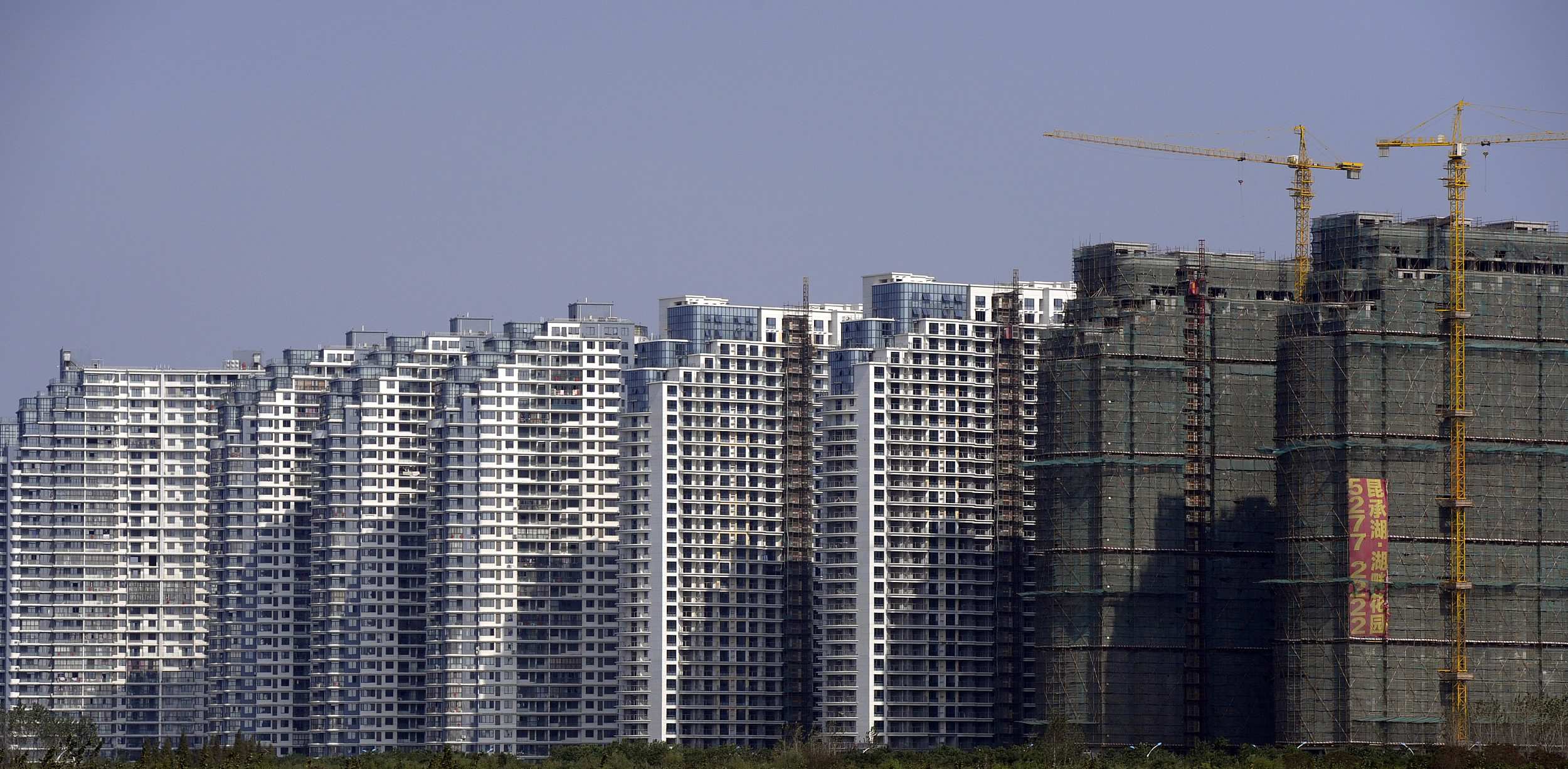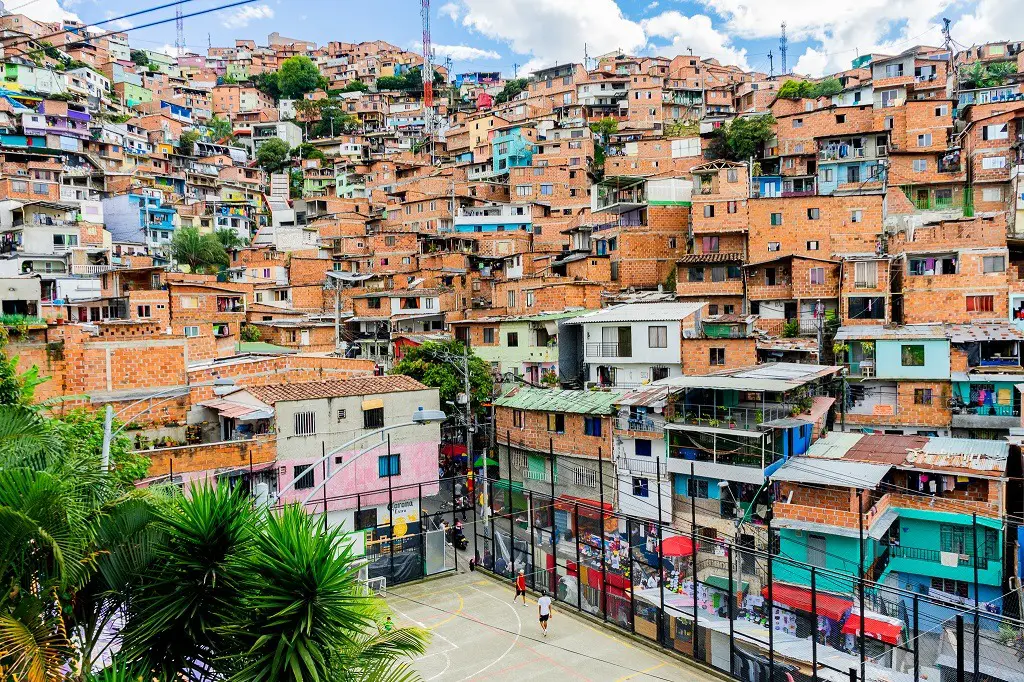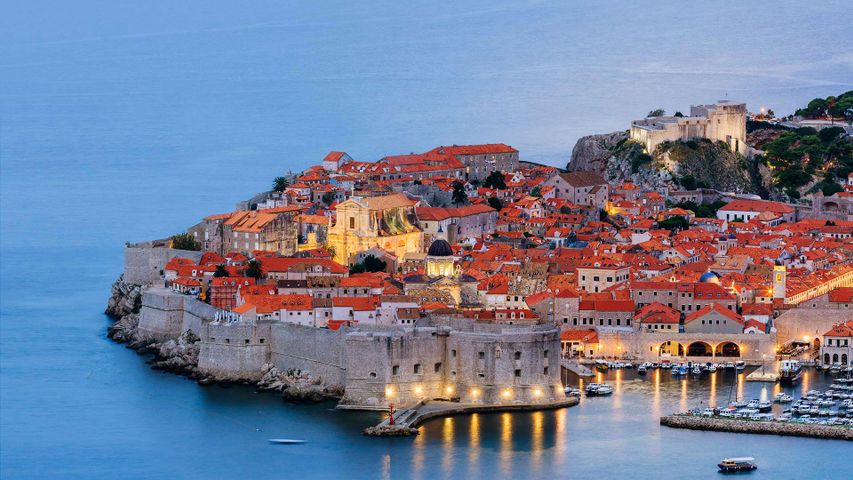

There is a lot of buzz about building new cities, countries, and societies. Seasteading tried to open the oceans by making "Seapods", and Liberland tried to take over some "unclaimed" land in the Balkans. Both are total failures, but we are slowly iterating towards something viable. The latest idea to reopen the frontier comes from Praxis Society, whose plan goes something like this:
Praxis will build its city in the tradition of the great modern metropoli: Dubai, Singapore, and Chinese SEZs. Once they beg the Davos elites for millions of dollars, then they can build their very own glorified shopping mall filled with skyscrapers, super-highways, and bike lanes. Until then, they will hang out in NYC and London like every ambitious young person for the past 200 years.

However, I'm convinced we can do much more with much less. The great European capitols started from nothing: no money, no plans, and very few people. What made them posible to begin with was that they were built in the deep-lindy way: cheap, permissionless, and scalable.
"Walkable mixed used urbanism" (WMUU) is still being practiced in the 21st century. When Rio's construction workers finish their day jobs, they build with no rules or regulations on the outskirts of the city. In these slums called favelas, citizens have owned space - they can knock down walls, build staircases, or entire floors without any government approval. This process naturally creates WMUU:
%201.21.31%20p.%C2%A0m..png)
Above is a map of the Rochina favella in Rio de Janeiro, and then a map of a random walkable European city. What they have in common is that they evolved as living, breathing organisms. Each individual built their house according to their constraints, and this created the street layout. Large arteries evolved to connect neighborhoods, veins filled in each part of the city, and capillaries are for foot traffic only. While the second map definitely had some planning involved, this came after the medieval-favela-core was already built out. The modern city, like factory farmed livestock, grows artificially on a diet of corn, soy, and synthetic chemicals. When city planners turn everything into super-highways and skyscrapers, everything tastes artificial and fake. Man's preferred habitat evolves from the favela. New York, London, Rome, Paris, Tokyo, and more all began as favelas that you would've been disgusted by.
However, removing rules and plans doesn't mean we get the beauty, wealth, and history of a European capitol. Here are more pictures of favelas:






While these are all organic favela-style cities, they are not all equally beautiful. Demographics and culture determine whether we live in the magnificent WMUU of Europe or the impoverished WMUU of Latin America. Great people create great cities; slummy people create slums. One needs conviction to build a new city, and know that it will be beautiful in the future. Rome wasn't built in a day. If we want our cities to look and feel organic, we have to raise it from day 1 on an organic diet, which means starting with a favela. Begin with a loose collection of houses, each person building as they wish, with streets evolving naturally. Have no concern for boulevards, monuments, or trains, which all come much later.
To harness the energy of our people, we need a holiday: FavelaFest. FavelaFest will be a week long building marathon - all of the boys will go out to the frontier to make homes, parks, and businesses. At the end of the week, we all look at what we have accomplished and celebrate. Many will stay behind to build out a new life in the favela we've created. It will be Based Burning Man: a building festival every year as a celebration of life and the human spirit. We need a bunch of ambitious young men on the frontier, with cheap building materials and unowned space. It works just as well whether you have 10 or 1000 men; capital and permission not required.
The main problem is location; FavelaFest will not work anywhere. North America, the EU, and Asia are all owned space. Africa and the Middle East are too dangerous (you need a PMC for any chance at success). That leaves Latin America. While LatAm is mostly dangerous, a few countries have the safety, emptiness, and laizze faire attitude to let us build what we want.
The Bukele government is in the early stages of planning Bitcoin city in the unpopulated eastern half of the country. Now that their country is safer than Canada, they are starting to attract young ambitious men to their country. A permissionless FavelaFest in the east would be welcomed, and there are plenty of empty beaches, mountains, and rivers.
For the past several years, Paraguay has been welcoming thousands of Europeans fleeing vaccine mandates. Most are building their own communities in the countryside. Like El Salvador, the country is extremely safe, empty, and the regime is friendly.
Building a new city is easy. We don't need millions of dollars, thousands of members, or government approval. FavelaFest can start with just a handful of guys, each putting in a small amount of capital into the right location. People fleeing tyranical governments will permissionlessly make a new home on the frontier. All of the pieces are in place - we just have to go out there and build it.